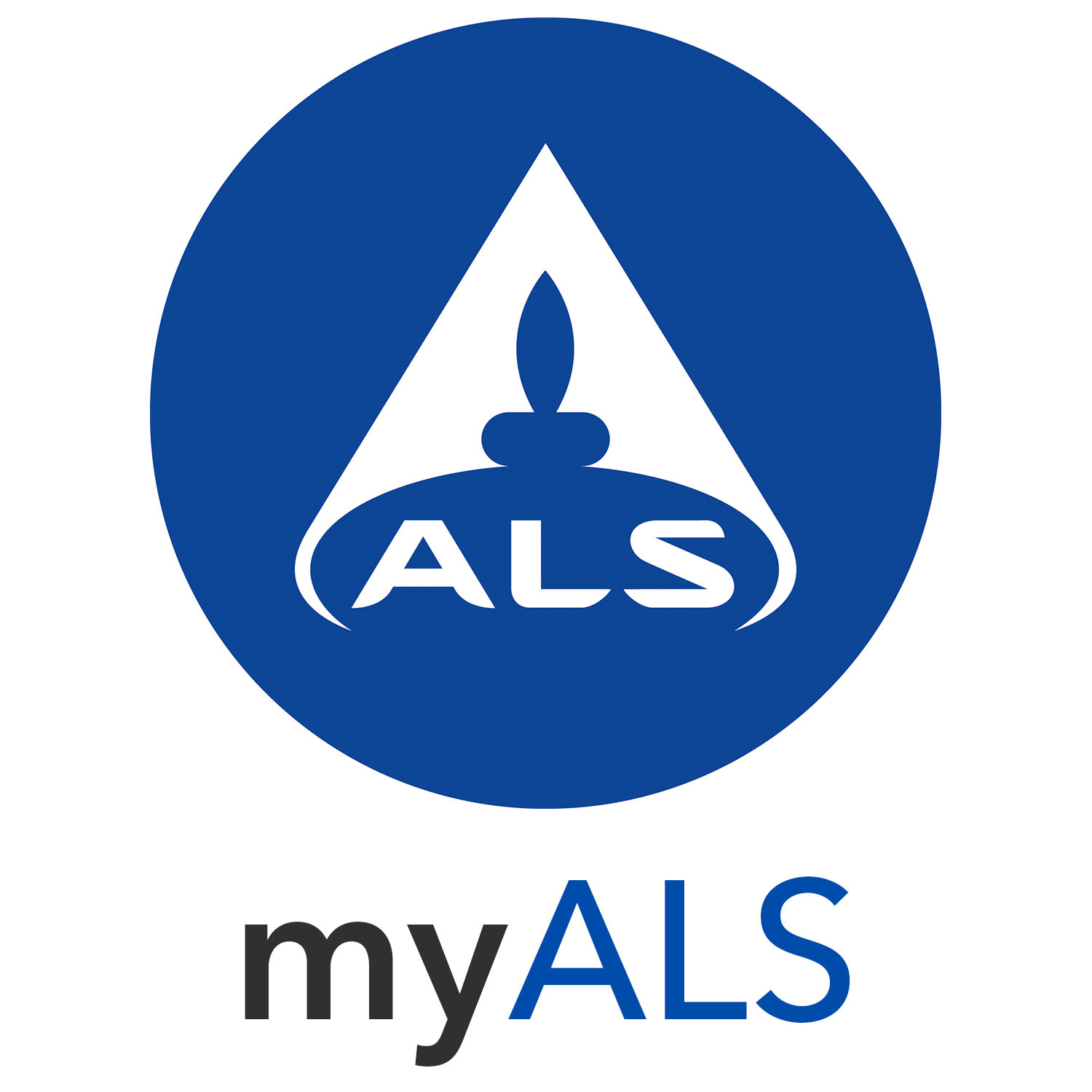UKAS Accreditation for Haloacetic Acids (HAA's) & Dalapon
Jul 21, 2014
 ALS Environmental have developed, validated and UKAS ISO 17025:2005 accredited, a GC-MS method for the determination of haloacetic acids (HAA) and dalapon. The use of this sensitive and selective instrumentation enables ALS to achieve detection limits (LODs) of <1 µg/L in treated and raw water. The range of application for this method is up to 125 μg/L.
ALS Environmental have developed, validated and UKAS ISO 17025:2005 accredited, a GC-MS method for the determination of haloacetic acids (HAA) and dalapon. The use of this sensitive and selective instrumentation enables ALS to achieve detection limits (LODs) of <1 µg/L in treated and raw water. The range of application for this method is up to 125 μg/L.
Click here to download the ALS Technical Datasheet on Haloacetic Acids and Dalapon
HAAs are formed during the disinfection of drinking water by the reaction of between free chlorine and bromide with naturally occurring organic matter e.g. humic and fulvic acids. As some of these compounds, like dichloroacetic acid, are classified as probable human carcinogens, they are regulated by the US Environmental Protection Agency (EPA) under the Stage 1 Disinfectants/Disinfection Byproducts (D/DBP) Rule.
The ALS Laboratory Manager for our centre of excellence for Drinking Water, Lauren Ellis, comments
The extension to scope for the HAA and Dalapon to include both UKAS and Drinking Water Testing Standard (DWTS) is a real coup for ALS. We are one of the first laboratories to offer this analysis, with this level of accreditation. The hard work put in by our technical development team has reaped real rewards in placing ALS in a market leading position.
There are nine HAA congeners that contain chlorine or bromine. Five of the HAAs (HAA5) are
regulated in the USA under the Stage 1 D/DBP Rule, including monochloroacetic acid (MCAA), dichloroacetic acid (DCAA), trichloroacetic acid (TCAA), monobromoacetic acid (MBAA) and dibromoacetic acid (DBAA). The USEPA have set a maximum contaminant level (MCL) of 60 µg/L for HAA5. The four unregulated congeners include bromochloroacetic acid (BCAA) and the brominated trihaloacetic acids, bromodichloroacetic acid (BDCAA), chlorodibromoacetic acid (CDBAA), and tribromoacetic acid (TBAA). Total haloacetic acids are calculated as the sum of the concentrations of nine HAAs.
In Europe, the Drinking Water Directive 98/83/EC (DWD) does not currently propose any guideline values for HAAs in drinking water. However, they have been highlighted in a report to the European Commission as a possible future regulated parameter. In the UK, only THMs are regulated and a maximum value of 100 μg/L at a consumer tap has been set for the sum of the concentrations of the four THMs. DBP concentrations must be kept as low as possible without compromising the effectiveness of the disinfection.
Water utilities that are making changes in their treatment processes may want to collect data on the formation of all nine HAAs. This is because some treatment changes cause the speciation of HAAs to shift to the more brominated compounds. Information regarding these changes provides the water utilities with a better understanding of their water quality in relation to DBPs.
Analysis of HAAs in drinking water is challenging due to the high levels of matrix ions that co-elute and interfere with the analytes of interest. Since these compounds are polar, strongly acidic, and sparingly volatile, when GC is chosen a derivatization reaction is required.
In order to meet these challenging requirements ALS have adopted methodology that is based upon USEPA Method 552.3, however, ALS substituted the more selective GC-MS in place of the ECD.
To discuss your HAA and Dalapon analytical requirements or request a quote please contact us or call 02476 42 12 13.


